Virtual Collaboration Tools Transforming Project Horizons
Project management is leaving a huge footprint in today's business landscape. As organizations fiercely compete to carve their niche in the market, the execution of projects has become a pivotal battleground. The intricate dance of planning, organizing, and executing tasks to bring visions to fruition is a monumental task, one that relies heavily on the expertise of project managers like us. However, the complexity of modern projects is compounded by the prevalence of remote and virtual work environments, presenting new challenges for teams. In this era, collaboration emerges as the linchpin, an absolute necessity as projects evolve into intricate endeavors involving diverse teams. Collaborative practices, encompassing effective communication, streamlined document management, and cohesive teamwork, exert a profound influence on project success. These practices not only enhance coordination but also cultivate creativity, ensuring that team members harmoniously work towards shared objectives. In the upcoming exploration, we’ll delve into the vital role of virtual whiteboard tools, virtual story pointing, and document sharing, unraveling best practices that can seamlessly integrate into our project management endeavors, leaving a lasting positive impact on our path to success.
Virtual whiteboards have emerged as indispensable tools, revolutionizing collaboration for savvy project managers in virtual and remote environments. Beyond mere platforms, they serve as a convenience for real-time collaboration, sparking innovation in idea generation and providing a visual playground for conceptualization. Leading this charge is Miro, celebrated for its unparalleled versatility and user-friendly interface. Miro isn’t just a software; it’s a powerhouse offering a blank canvas for seamless strategizing, planning, and organizing information. With a diverse array of templates, it adapts to various use cases, facilitating brainstorming, project planning, and design sprints. The benefits are far-reaching, from transcending geographical barriers with visual and real-time collaboration to fostering flexibility, accessibility across devices, efficient idea capture, documentation, and facilitation of remote work. Stepping into the world of virtual whiteboarding is embracing a “must-do” attitude that propels creativity, strategy, and joint efforts to unprecedented heights, defining a new frontier where success is tangible.
Story pointing, a pivotal aspect of Agile project management, functions as a technique for estimating and prioritizing work items or user stories by assigning relative values based on factors such as complexity and effort. In the context of remote and virtual work, story pointing encounters challenges with geographically dispersed teams and varying time zones. Virtual story pointing tools address these challenges, providing a seamless virtual environment for estimation and collaboration. Integral to our tech-driven world, these tools enhance project accuracy, estimation, prioritization, and adaptability to changes. Much like virtual whiteboarding, virtual story pointing is embedded in popular project management software such as Jira and Azure DevOps. Jira facilitates user story estimation and progress tracking through story points, seamlessly integrating with Agile practices. Azure DevOps supports Agile planning, including story pointing, while Poker Planning offers a virtual space for teams to collectively assign story points through a voting system, fostering engagement and cohesion in decision-making. Beyond project management, story pointing tools extend to collaborative decision-making processes, such as vendor selection. Multiple participants can use a story pointing board to vote on various aspects (e.g., cost, schedule, software stability) during vendor selection. The points gathered provide valuable data for making a final, informed vendor selection. These software solutions are indispensable for virtual story pointing, supporting collaborative sessions for remote or distributed teams.
Document sharing is a necessary tool in Project Management, playing a crucial role in facilitating seamless communication and information exchange within teams. Its significance lies in several critical aspects of collaborative projects. Real-time collaboration is a key benefit, enabling simultaneous access and editing for efficient workflows and preventing delays in project progress. Version control ensures teams work on the latest document version, maintaining integrity and avoiding confusion. Additionally, document sharing provides accessibility and flexibility, allowing team members to contribute and review documents remotely. Popular document sharing tools like Teams, Google Drive, Dropbox, and SharePoint offer unique features. Microsoft Teams Document Sharing seamlessly integrates with Microsoft 365 applications, while Google Drive allows real-time collaboration with features like simultaneous editing and version history. Dropbox offers a secure cloud-based environment with file synchronization, and SharePoint, as Microsoft platform, provides robust security and version control for content management and collaborative efforts. These tools are instrumental in enhancing project collaboration and efficiency.
Mastering best practices is key to unlocking the full potential of collaborative tools and ensuring project success. From comprehensive user training to clear communication of expectations, these savvy tips form the blueprint for optimal tool utilization. Regular updates and check-ins keep the team synchronized, while promoting open communication through chat and discussion forums fosters a culture of inclusivity. Virtual meetings and video conferencing bring back the personal touch, enhancing engagement and nuanced communication. Choosing integrated tools, tailoring them to team needs, and collecting regular feedback ensure a streamlined and efficient collaborative process. These best practices orchestrate a harmonious collaboration, transforming teams into virtuosos of project success.
The evolution of project collaboration is evident through indispensable virtual whiteboards like Miro, transforming remote work into a realm of creativity and strategy. The significance of story pointing in Agile project management is addressed by virtual tools such as Jira, Azure DevOps, and Poker Planning enhancing accuracy and adaptability. Document sharing, facilitated by platforms like Teams, Google Drive, Dropbox, and SharePoint, plays a crucial role in seamless communication and project efficiency. Adopting best practices, from user training to regular updates and virtual meetings, becomes the blueprint for harmonious collaboration. By adhering to these practices, teams can navigate the dynamic landscape of project collaboration with efficiency and agility, transforming into project success!
